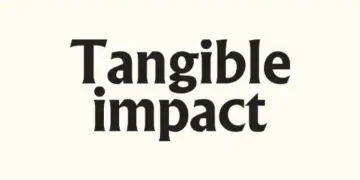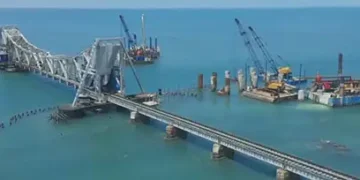Blitz Bureau
NEW DELHI: THE Namami Gange Programme (NGP), launched in 2014 as the Modi Government’s flagship programme, has had a visible and tangible impact in improving the water quality and ecological status of the Ganga River. There have been several well-documented improvements in water quality indicators, including the growing population of keystone species and Gangetic dolphins.
To its credit, the NGP makes significant departures from the earlier Ganga Action Plan (GAP). An important feature of NGP that is often not adequately articulated or celebrated is the policymaking and institutional agility towards realising its goal of cleaning the Ganga. This is also crucial from the perspective of national policymaking for rejuvenating India’s rivers.
Since its launch, NGP’s responsive policy and institutional experiments stand out. One of the first departures is the shifting of the programme from the Ministry of Environment and Forests to the Ministry of Jal Shakti (then the Ministry of Water Resources, River Development and Ganga Rejuvenation).
The shift enabled the mission to expand its scope of leverage to the developmental and other interconnected forces, which is illustrated by other accompanying shifts. The framing of the mission shifted its focus from the narrow pollution abatement goal to a broader goal of improving the ecological condition of the river. The other key shift is that the NGP is driven by a river basin approach, informed by a plan produced by a consortium of Indian Institutes of Technology (IITs). These shifts were accompanied by a very agile policy and institutional response framework.
As a continued effort to clean the Ganga after GAP, the Government established a National Ganga River Basin Authority (NGRBA) in 2009 under the aegis of the Ministry of Environment and Forests (MoEF). Later in 2011, the NMCG was formed as a society for implementing the NGRBA-related activities. Since its inception in 2009, a total of Rs 5004.19 crore has been allocated to the NGRBA till 2014.
The Modi Government launched the NGP with an unprecedented outlay of Rs 20,000 crore. The NGRBA and NMCG were shifted to the Ministry of Water Resources – renamed as the Ministry of Water Resources, River Development & Ganga Rejuvenation – stressing the importance attached to cleaning Ganga. A National Ganga Council (NGC) was created to oversee and guide the NMCG. The NGC is a representative and deliberative body with extensive political heft. It is headed by the Prime Minister with Chief Ministers of riparian states and 10 Union Ministers as its members.
The NGC functions through an Empowered Task Force headed by the Union Minister for Jal Shakti, and an Executive Council headed by NMCG’s Director General with extensive financial and regulatory powers. In comparison to the long-drawn European experiences, the NGP has, within a comparatively short time, established the right frameworks for producing enduring outcomes: river-basin approach, aiming at overall improvement in ecological status, and multisectoral engagement. The NGP’s implementation by NMCG while navigating the complex federal dynamics is generating a repository of experiential wisdom to consider, conceptualise, and create policy and institutional elements towards a national framework for rejuvenating India’s rivers. Given that all rivers are interstate (except one), NGP’s experiences of working with basin states can be instructive towards the larger goal of creating a policy ecosystem for rejuvenating India’s rivers with enduring outcomes.
































